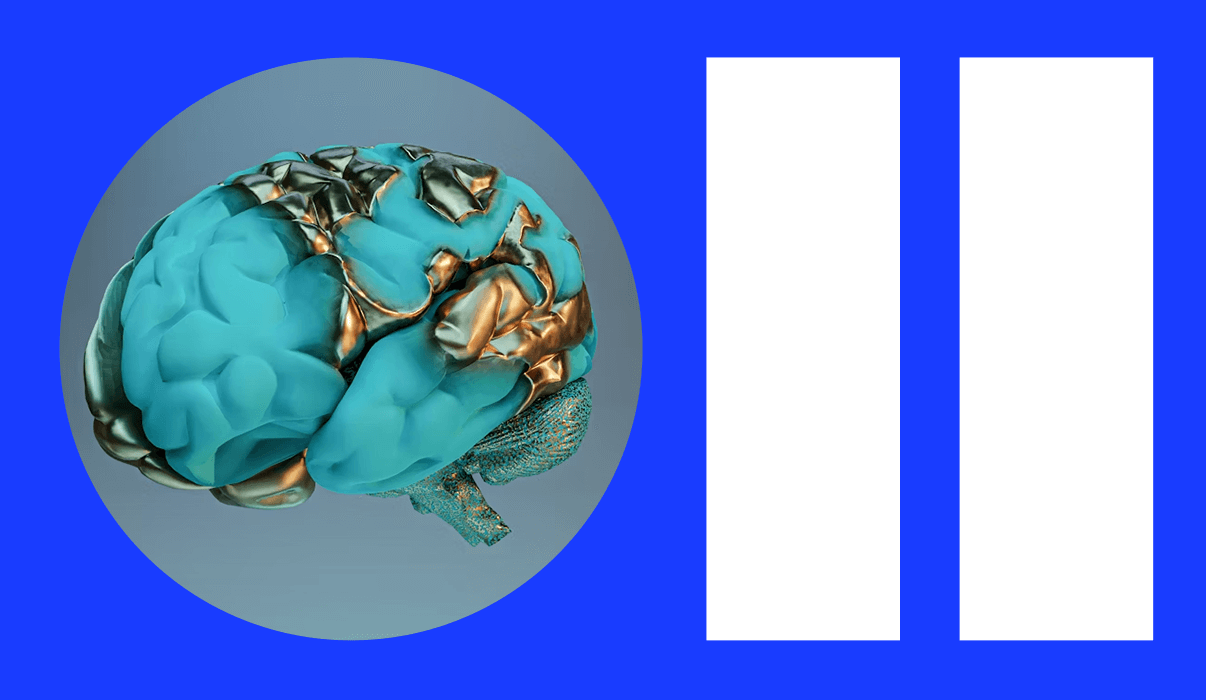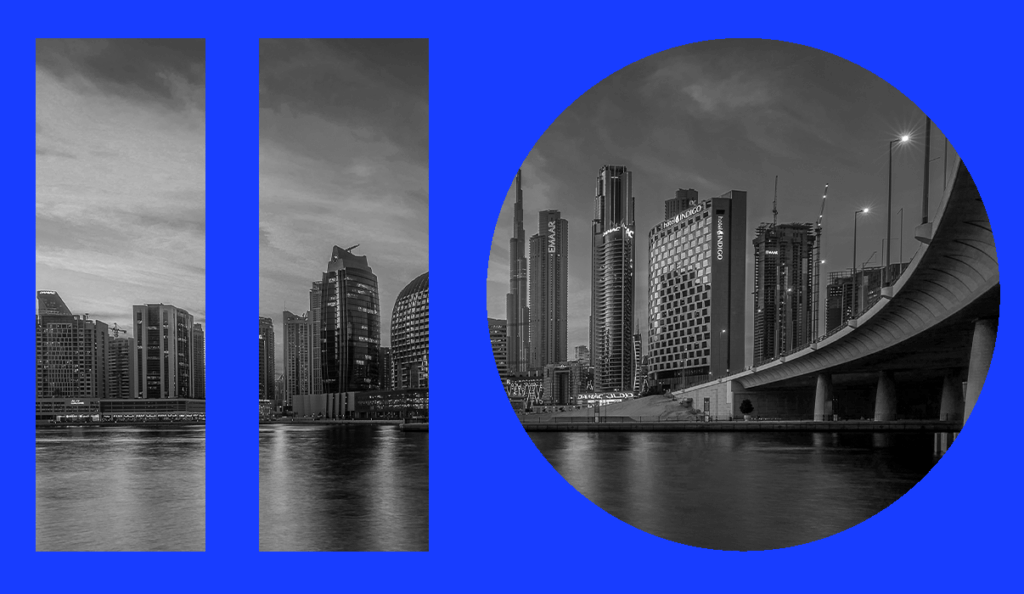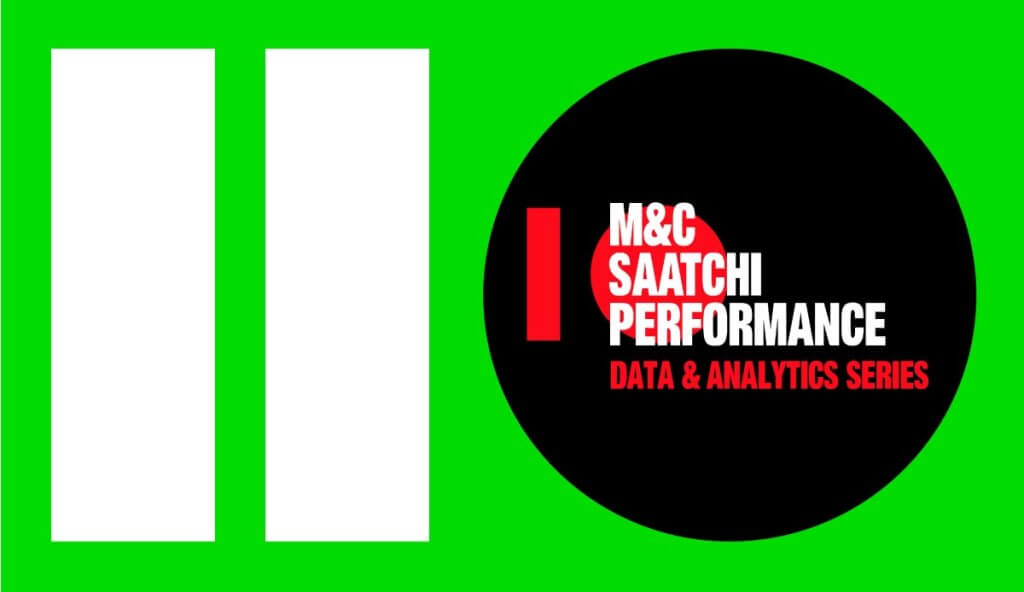When the Platforms Optimize for Themselves, Who’s Helping You Zoom Out for the Bigger Picture?

Every few months, a fresh announcement from Meta, Google, or TikTok jolts the ad world. This time, it’s Meta introducing even deeper automation and full-funnel AI campaigns. The media goes into overdrive. And a question that keeps resurfacing for brands: Are agencies still needed?
But here’s the truth no one wants to say out loud: this isn’t a surprise.
We saw it coming. In fact, we planned for it.
Automation isn’t a threat; if anything, it is indeed the new reality. Agencies have used automation behind the scenes for years: bid strategies, budget pacing, creative testing. What’s changed is the growing emphasis on simplicity, as platforms now provide tools that let brands activate campaigns with fewer barriers.
But that’s a half-truth.
Because the tools aren’t the problem. The problem is what the tools don’t know. And don’t get us wrong; we’re not anti-platform, our value is in helping clients navigate across them and making sense of what the dashboards miss!
It Was Never About the Tools
Let’s be real. Meta’s Advantage+ doesn’t want your audience input. Google’s Performance Max asks you to upload creative assets and get out of the way. TikTok’s Smart Performance shrugs at your targeting layers. And yes, the machines are delivering!
CPAs are falling. ROAS is up. Campaigns are scaling faster than before. But here’s the kicker: automation doesn’t understand people.
AI doesn’t know that a beauty ad works better in Bahasa when it avoids Western ideals. It doesn’t know why humour lands in Manila but flops in KL. It doesn’t know what matters. It simply knows what performs.
Well, agencies have and will continue to win with what has always been the differentiator, the people behind the machines, and their judgment. Not because we click buttons better. But because we ask better questions.
Judgment Is the Differentiator
According to WARC’s 2024 Global Trends report, 78% of marketers say automation has improved efficiency, but only 22% feel it’s improved strategy.
Because while platforms simplify campaign setup, they complicate the strategic view.
Agencies that thrive now are:
- Not simply activating briefs but challenging them
- Interpreting data across touchpoints (beyond channels)
- Connecting creative resonance with business outcomes
For instance, when we notice ROAS dropping for a campaign on Meta after applying its own “best practices,” we don’t panic. We trace the impact of top-funnel creative fatigue, validate it across geographies, and pivot messaging based on cultural nuance beyond algorithmic suggestion.
That’s not execution. That’s judgment.
We know it’s simply a tool and no expert!
Fragmentation Is the Real Enemy
While automation promises simplicity, most marketers are facing the opposite: disjointed data, conflicting metrics, and siloed outcomes.
You know your YouTube completion rate or your TikTok ROAS. But do you know:
- How are TikTok awareness ads impacting branded search lift?
- What part of your CRM is pulling customers back to convert?
- Whether your content fatigue is channel-based or audience-based?
Most don’t. Because most tools weren’t designed for that level of connected insight.
Our Predictive Measure, Our Solution: OneView
We knew what was coming! We predicted the problems of the future instead of competing with artificial intelligence. That’s exactly why we built OneView, our proprietary strategic intelligence platform.
OneView was designed to reflect reality, not vanity metrics. It connects dots that most platforms don’t show you together. It connects fragmented signals, aggregates performance across channels, layers in creative and audience insights, and tells the story of your entire campaign ecosystem.
With OneView, we can:
- Measure multi-touch performance, not just last-click
- See how awareness on Meta impacts mid-funnel lift on YouTube or Search
- Connect CRM behaviour with ad exposure across weeks, not hours
- Find out signal decay and content fatigue before they tank your KPIs
- Build longitudinal views across brand + performance beyond just “what happened this week”
We didn’t build OneView because we feared automation; we built it because we understood where it was going. We built OneView as our strategic intelligence layer, not a smarter report. It’s why we grew our strategy & insights team, and why we hired data engineers. It’s why we leaned into AI early.
Because judgment is only as strong as the intelligence behind it.
That’s also why Agentic AI is now a strategic priority for us. We’re building solutions. Across multiple workstreams, we’re actively using Agentic AI to automate execution-heavy tasks, accelerate insight discovery, and support campaign decisions at scale. From autonomous optimisation agents to integrated planning assistants, the goal is simple: less manual effort, more strategic impact, faster.
In-Housing? Good. But Should You Fly Blind?
Let’s address the in-housing trend. Some brands are bringing performance in-house, and with the right team and infrastructure, that’s indeed the right call.
But many quickly discover the complexity behind the dashboards:
- Creative output becomes hard to scale
- Strategy gets squeezed under execution pressure
- The agenda quietly shifts from business goals to platform goals
We work with in-house teams all the time. Not as an agency-of-record. As a plug-in partner that brings perspective, creative acceleration, and data interpretation. Think of us as the lens that turns metrics into meaning.
This Is Bigger Than Performance
The marketing world has shifted. Channels are converging. Consumer paths are non-linear. Attention is scattered. And yet, most reporting tools are still built for single-channel reporting loops.
OneView was built for the messy middle where platforms overlap, influence collide, and attribution gets murky.
Take this example: A regional telco brand comes with isolated insights from three platforms. Using OneView, we uncover that their YouTube ads are boosting Facebook conversion rates by X% even when their Meta dashboard shows no lift. In such circumstances, the full story often lives outside the platform walls.
That’s what agencies of the future will do: connect the unconnected. See what the dashboards don’t. Make decisions AI can’t.
Agencies Aren’t Dying. They’re Evolving.
Let’s retire the tired narrative. Meta didn’t kill agencies. AI won’t either.
What’s dying is the idea that agencies are media button-pushers. That data equals certainty. That channel metrics are business outcomes.
The agencies that rise now will:
- Lead with interrogation, and not simple interpretation
- Translate fragmented inputs into coherent marketing narratives
- Build systems like OneView that give clients true control in an automated world
Final Thought: Lead the System, Don’t Just Use It
If you’re only asking whether Meta’s Advantage+ will replace your agency, you’re asking the wrong question.
The right one is: Who is helping you see the bigger picture, when every tool wants to keep you zoomed in?
Platforms optimise for themselves. Agencies should optimise for you.
And those that do it well, those who can think bigger, connect smarter, and act faster, will not only survive this shift but lead it.
That’s the future we’ve built OneView for.
That’s the future we’re ready to help you own.


